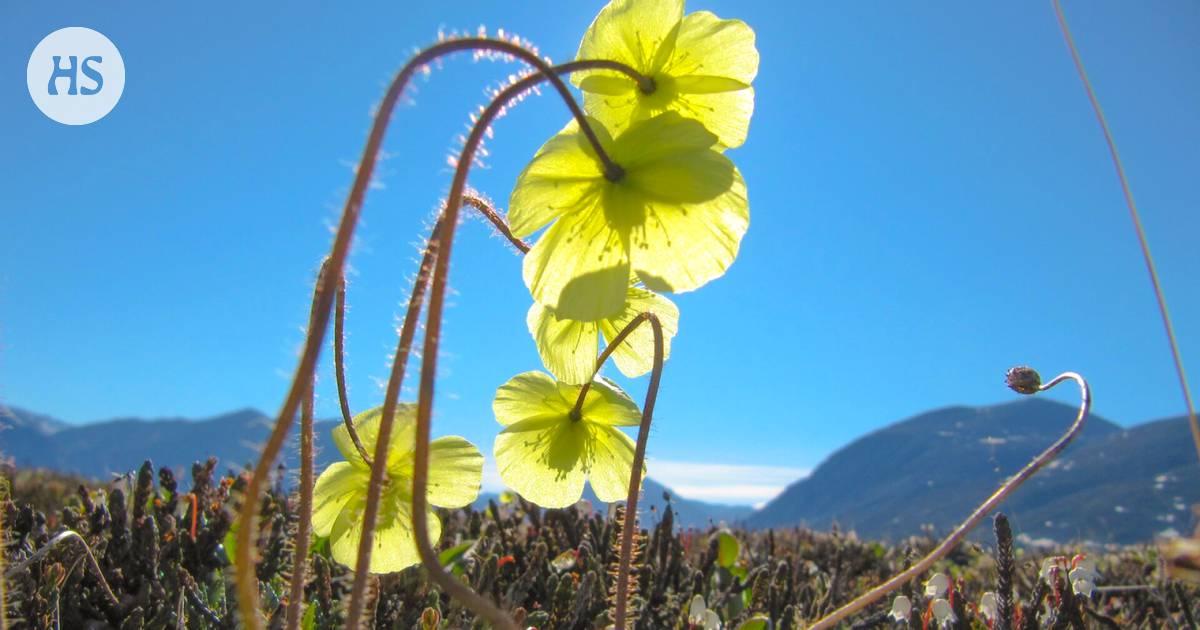Anemones, gnats and crickets swing like on a roller coaster.
The climate warming does not make years brothers. Although, for example, spring is earlier and milder on average, there are also storms and snow.
There is enough puzzle for both plants and animals. If it’s warm and snow-free enough, the plants should sprout early. When there is enough food, the insects should take flight and the birds should roll their eggs.
On the other hand in the back winter years, sledging becomes expensive.
Organisms find themselves in particularly tough selection situations here in the North and to our north, in the actual arctic regions.
Here, the land areas warm up faster on average than further south, so spring can be more upheaval.
Spring the fluctuation determines the activity of organisms, at least in Northeast Greenland. This is how he reports Current Biology – science magazine, an international group of researchers, which also included Finns.
The studied region is the North Arctic region. It also covers Svalbard and other Arctic Ocean islands, as well as the northernmost coasts of Siberia and Canada.
To the south of those are the subarctic and subarctic regions, the latter of which includes Finland’s northernmost Lapland.
In Northeast Greenland, researchers have been recording the spring of plants, arthropods and birds for a quarter of a century.
The summary for the years 1996–2020 shows that although it has warmed on average, the warmth and snowfall of different springs has varied greatly. The trend of continuous advance is no better distinguished in flowering, in the awakening of insects, than in egg-laying.
In research around 20 species or groups were monitored: among others Lapland’s anemones, tundra willows, ticks, gorse hawks, barn owls, and wagtails.
The result seems surprising, because the situation looked completely different when the first ten years of follow-up were analyzed.
In the years 1996–2005, the springs had warmed and the temperatures had decreased fairly steadily, and the vast majority of the monitored organisms seemed to have brought their spring earlier accordingly.
However, the fact that the same trend did not continue when the follow-up period increased did not surprise the researchers. They had thought that in time the spring might shed so many leaves that it would steal the attention of the plants and animals.
Published in Science in Nature 3/2024
